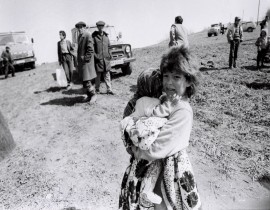Politicon.co
OSCE Minsk Group: A future without bias
The future of the OSCE Minsk Group as the major institutional framework to mediate the Karabakh conflict between Armenia and Azerbaijan was put under question when the latter recovered its control over the main part of the formerly-occupied territories in the fall of 2020. The so-called 44-day war was in some part the culmination of fruitless negotiations under the auspices of the Minsk Group since 1994. The Azerbaijani side has long understood that the link between the OSCE mediation and conflict resolution had simply become too tenuous to keep throwing a serious effort at it and finally opted for a military solution. It should come as no surprise that in the post-Karabakh war period, the two countries have reversed their approach towards potential OSCE involvement in future negotiations. While Armenia has been calling for a more active OSCE engagement, Azerbaijan is, to most extent, satisfied with the existing status quo, seeing the conflict ended for once and for all.
Against this background, it is good to see that there are already quality discussions looking back over the past failures of the OSCE and putting forward policy recommendations on how to adapt the Minsk Group framework to the new realities on the ground. The OSCE Insights report entitled “OSCE Minsk Group: Lessons from the past and tasks for the future”, written by established figures on the Armenia-Azerbaijan conflict over Karabakh has been a remarkable contribution in this regard. Authors of the text include Philip Remler, a non-resident scholar at the Carnegie Endowment for International Peace, Richard Giragosian, director of the Regional Studies Center in Yerevan, Marina Dolcetti Lorenzini, master’s student at Fletcher School of Tufts University and Sergei Rastoltsev, a research fellow at the Institute of World Economy and International Relations (IMEMO). Philip Remler, a former State Department official who had also been part of OSCE mediation in the Karabakh conflict is the principal drafter of the report, adding his expertise to the discussion of such a crucial topic in such a crucial time.
The report provides an insightful analysis of different aspects of the Karabakh conflict, focusing on the strategies employed by Armenia and Azerbaijan in the Minsk Group negotiations, the OSCE’s efforts to end the conflict, aims and reactions of the main stakeholders, and finally, the prospects for peace in the future. Unlike the cottage industry of policy papers written before, it avoids presenting the conflict as a mere fragment of broader geopolitical tensions in the region and gives the conflicting sides agency in conflict resolution. Accordingly, the Minsk Group format has never possessed a leverage mechanism to force Armenia and Azerbaijan to sign a peace agreement. It was in the end within the prerogatives of the conflicting parties to decide which way to go. The report rightly argues that external powers involved in the confidence-building measures after the war, be it within the multilateral OSCE framework or Russia-Turkey talks, require a better understanding of the history, culture, and people of these countries.
The authors should also be given credit for the difficult task of objectively laying out the key parameters of Armenian and Azerbaijani motives with regard to the conflict resolution process. It provides a succinct description of how local elites from both sides used the conflict to reach certain goals in the domestic and external arena. While Armenia’s goal was to preserve as much of occupied territories as possible in the last three decades, Azerbaijan sought to change the status quo to ensure that the existing situation never gained international recognition. The report is right on the spot that Armenian and de facto Karabakh authorities for many years ignored Azerbaijan’s growing military capabilities which eventually led to a devastating war in the region.
What strikes the reader most is the authors’ forward-looking approach to post-war developments in Karabakh. On the one hand, it is accepted that potential confidence and security-building measures to be taken by the OSCE will face resistance from both sides as the wounds of war are fresh and uncertainty is what characterizes the current atmosphere there. To overcome these challenges the OSCE should not limit its focus to humanitarian relief for reconstruction of homes but it should also actively engage the sides on vital issues ranging from the demining, establishment of contacts and joint working groups to perform necessary cooperation on infrastructure, health, and different spheres of economy. On the other hand, it highlights the need for the signing of a regional peace agreement which would include the normalization of relations between Armenia and Azerbaijan and at the same time, the opening of land borders between Armenia and Turkey. Reopening and construction of transport arteries connecting the regional economies will surely be an essential component of this approach, increasing mutual interdependence and people-to-people contacts.
But as with the previous attempts, the report has some minor weaknesses related to the format of authors and content of the analysis. To begin with, it is difficult to disagree with the proposition that any serious discussion on the future of the Karabakh conflict should include experts from both sides. Unfortunately, there is no one from Azerbaijan among the authors. Although this absence is not obviously felt in the content, the report would make better use of local attitudes to the ongoing events if the format was more inclusive.
When it comes to the content of the analysis, some points might be added to complement arguments put forward by the report. For example, it is understandable that the authors put specific emphasis on Turkey’s role as a crucial weapon supplier to Azerbaijan (Baku bought them) before and during the war. It was something not everyone would expect a few years ago. The problem is that this kind of argumentation is most of the time used to demonize Turkey while Russia, the main weapon supplier to Armenia (mostly with credits or cheaper than market prices) avoids scrutiny. It is a widely-known fact that Russia’s weapon supplies to both sides has been one of the most destabilizing factors for peace-building in the region.
Secondly, even if the authors provide an illuminating categorization of the seven adjacent territories to Karabakh according to their strategic importance for the occupying Armenian forces, they do not say anything about how the gradual change in the Armenians’ attitude towards these territories from a buffer zone to a homeland triggered a harsh zero-sum game, leading to a catastrophic war. Even after the war, there are still respected figures (politicians and experts) in Armenia who consider the lands freed by Azerbaijani army as “occupied” that, unless carefully dealt with, will ignite a new round of revanchism in the country.
Last but not the least, the authors’ negative take on Turkey’s possible inclusion in the Minsk Group format as a Co-Chair is understandable as the Armenian side would not agree with such a state of affairs. But they do not take into account the fact that the current balance of power in the region does not reflect the realities of the late 1990s when the existing co-chair format came to fruition. Azerbaijan does not see the Minsk Group as a serious mediator not only for its failure to push Armenia for concessions but also for the pro-Armenia bias of the co-chair countries such as France and to a lesser degree the United States. Therefore, any proposal for the future of the multilateral negotiations in general and Minsk Group format in particular, should take into account the vital interests of both countries.
All in all, the OSCE Insights report, with its strengths and drawbacks, should be welcomed as an insightful contribution to the new wave of discussions on the OSCE’s role in peace-building in Karabakh. Hopefully, it will be followed by new rounds of joint works involving experts and academicians from all sides, offering quality content for the Karabakh-watchers in different parts of the world.
![]()
- TAGS :
- Azerbaijan
- Armenia
- Karabakh
- TOPICS :
- Conflict and peace
- International law
- REGIONS :
- Russia and CIS


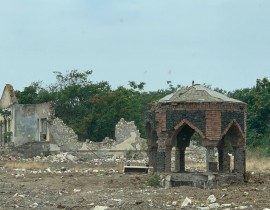
png-1748065971.png)
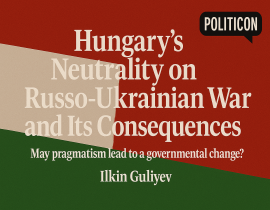
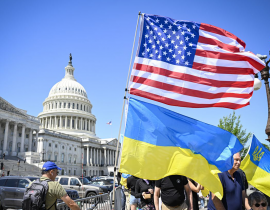
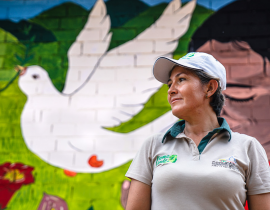
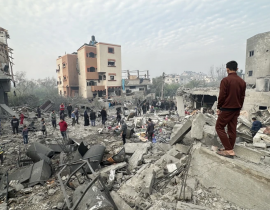
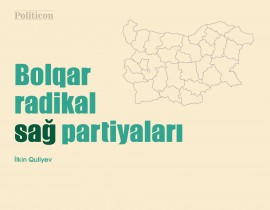
jpg-1599133320.jpg)
